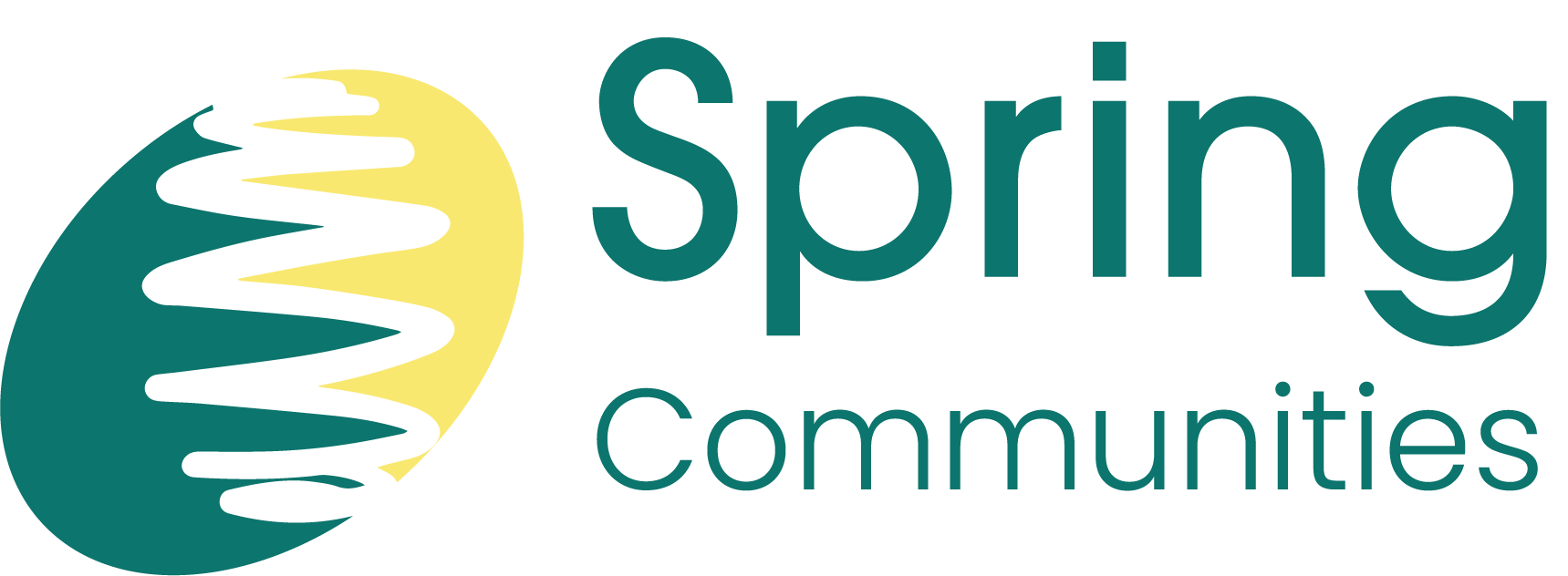At Spring Communities, we believe that continuous evaluation is essential to improve our programs and maximize impact. Our Monitoring & Evaluation (M&E) approach ensures that our actions are effective, relevant, and evidence-based.
Monitoring & evaluation tools
Matrix of Indicators
We measure progress using a comprehensive matrix that covers all program objectives. Indicators are grouped by component — youth, children, and communities — and include definitions, frequency, tools, responsible staff, and collection methods.
Performance Framework
Selected indicators are included in a performance framework that monitors the level of implementation and results. This framework can also serve as a contractual document for results-based projects.
Scorecard
The scorecard illustrates changes in quantitative and qualitative indicators for each objective and the organization overall. It highlights gaps that need attention to ensure targets are met.
Basic Assessment
We assess qualitative changes in our learning structures and track student progress using tools like:
— APPS Model: Evaluates Awareness, Protection, Participation, and Skills development of learners.
— TARL (Teaching at the Right Level): Guides teachers to provide instruction tailored to students’ knowledge and skills.


